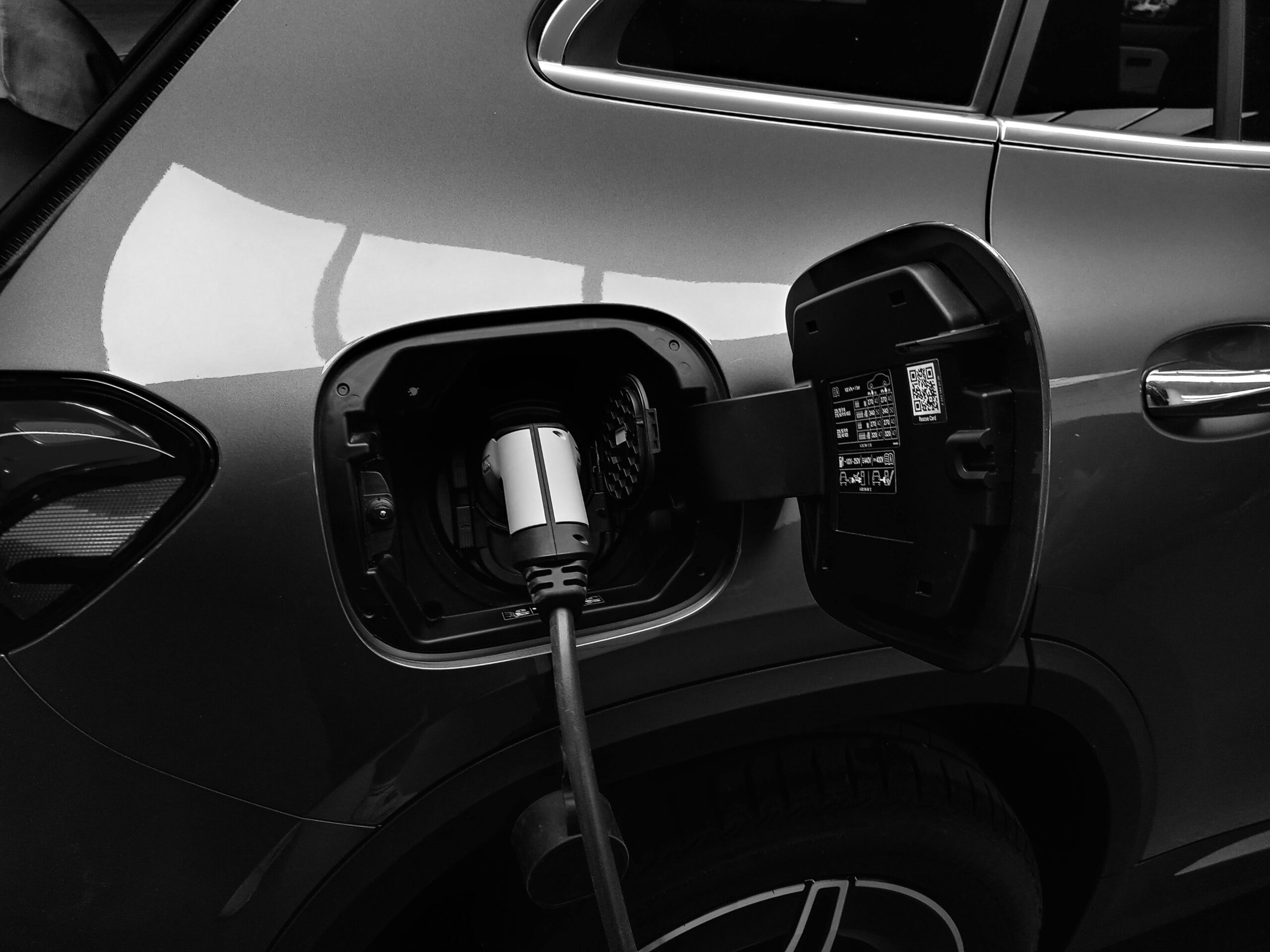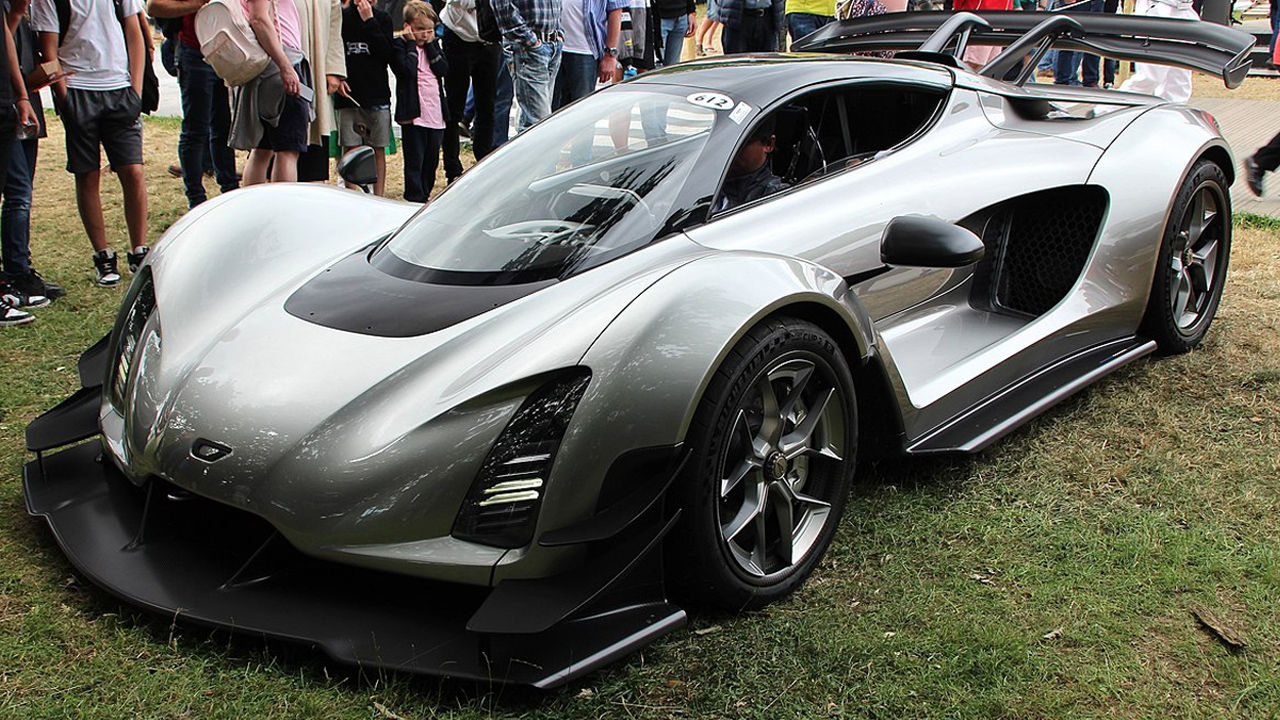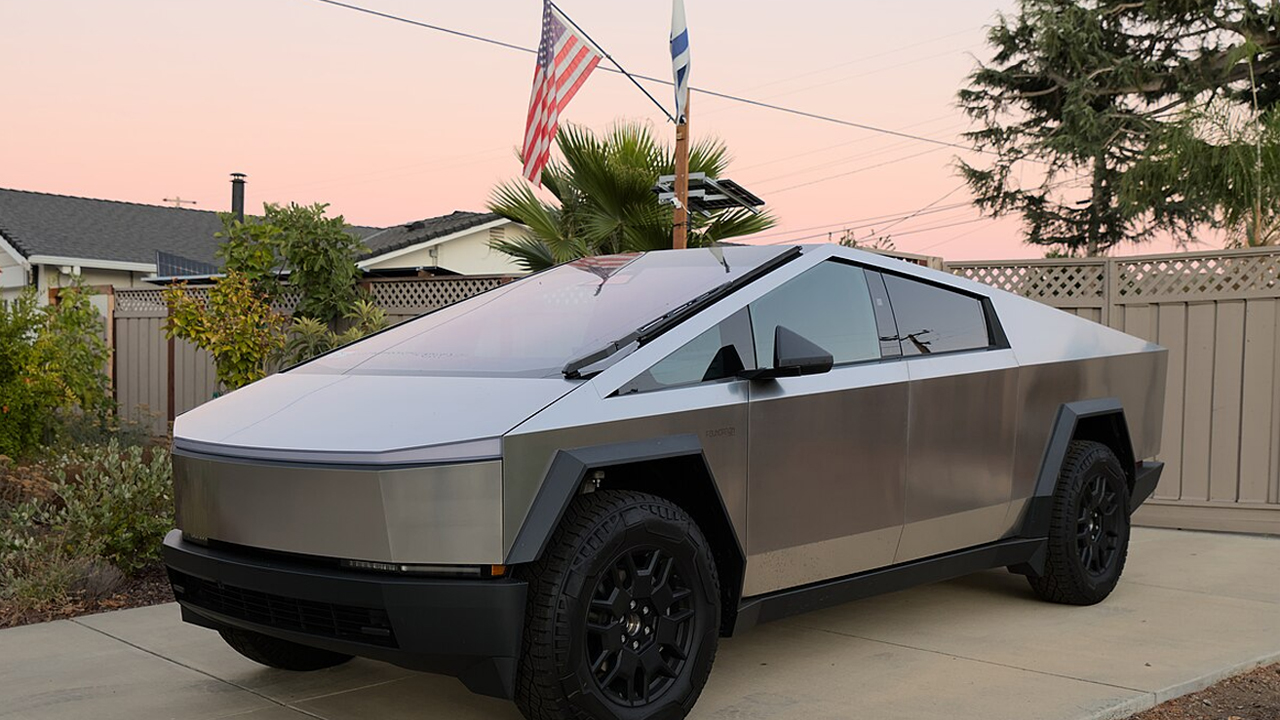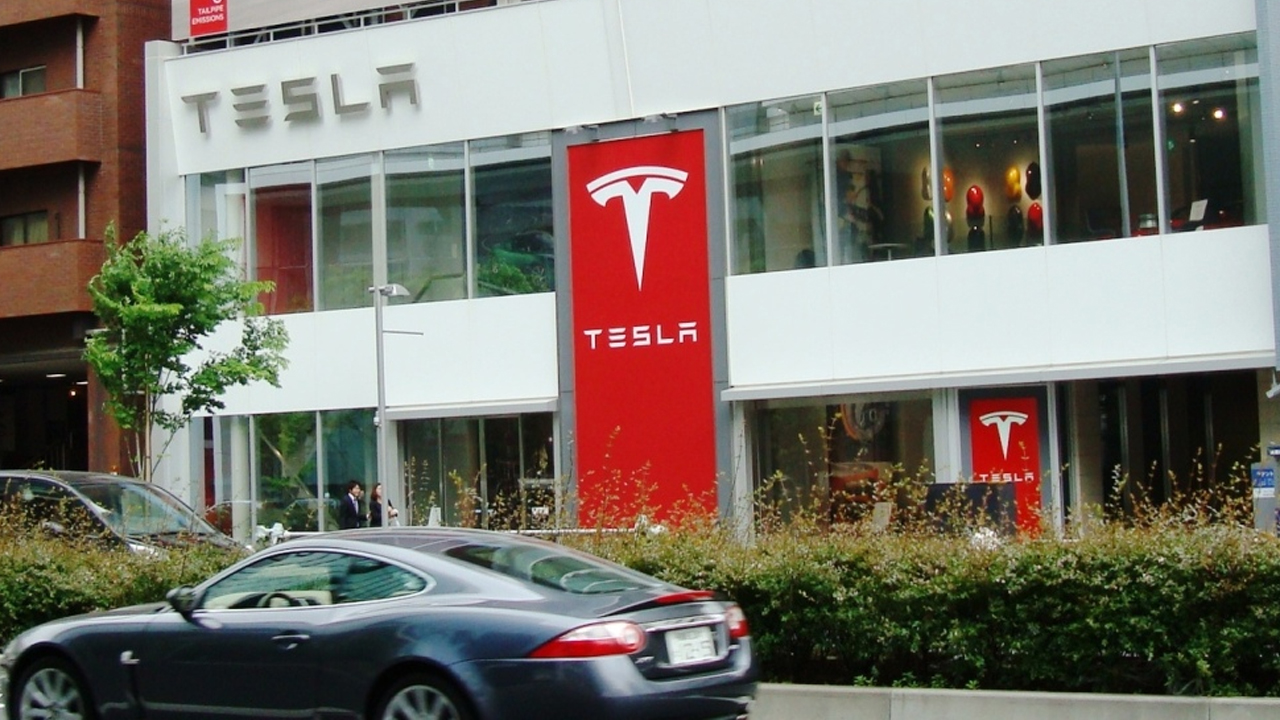Imagine a hypercar that wasn’t just built with AI—but conceived, styled, and engineered entirely by it. That’s the story behind the Czinger 21C, a $400,000 electric rocket developed using cutting-edge algorithms instead of traditional car designers. This isn’t a concept sketch or digital render—it’s a real, road-ready vehicle that challenges everything we thought we knew about automotive design.
From its sculpted carbon fiber body to the performance-tuned hybrid powertrain, every component was generated and optimized by artificial intelligence. The result is a car that looks like it drove out of a sci-fi film and into a showroom. It’s not just fast—it’s a glimpse at the future of carmaking.
Performance That Rivals the Best

Despite its unconventional origins, the Czinger 21C delivers numbers that rival the fastest machines on earth. It accelerates from 0–60 mph in just 1.9 seconds and produces 1,250 horsepower from its hybrid system—an achievement highlighted by MotorTrend during early performance reviews.
The car’s AI-developed suspension and torque vectoring allow it to adjust in real time to changing driving conditions. It’s not just raw power—this thing is surgically precise at speed.
Design: Aesthetic Meets Algorithm
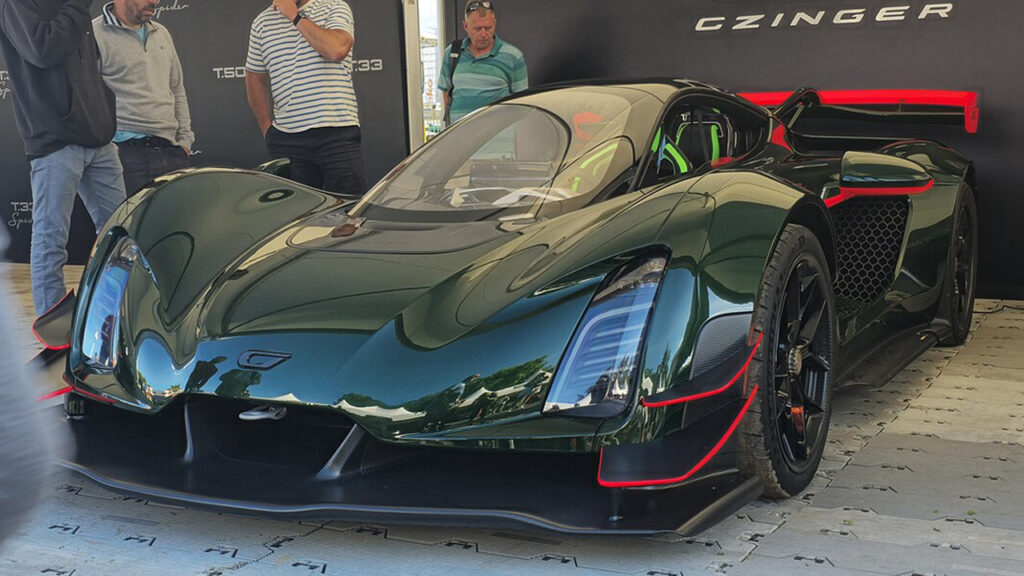
The 21C’s sleek form wasn’t sculpted by a person, but by generative design software. Every line and curve exists for a reason. As Engineering.com reported, Czinger used 3D printing and AI to build a lightweight yet insanely rigid structure—unlike anything you’d find in a traditional manufacturing plant.
Inside, the cockpit is driver-focused and futuristic. The seat layout mimics a fighter jet, and every material has been chosen for strength, weight, and sustainability. It’s minimalist, but not sterile—more like high-performance elegance.
AI in the Driver’s Seat

The AI isn’t just responsible for building the car—it also supports the person behind the wheel. According to a preview from StupidDOPE, cars like the 21C may soon include AI copilots that learn from your driving habits, delivering tailored performance and adaptive feedback.
Over-the-air updates keep the vehicle fresh, pushing new features and refinements without needing a trip to the garage. In a way, the car grows with you—learning, tweaking, and adjusting like a digital companion.
Implications for the Automotive Industry
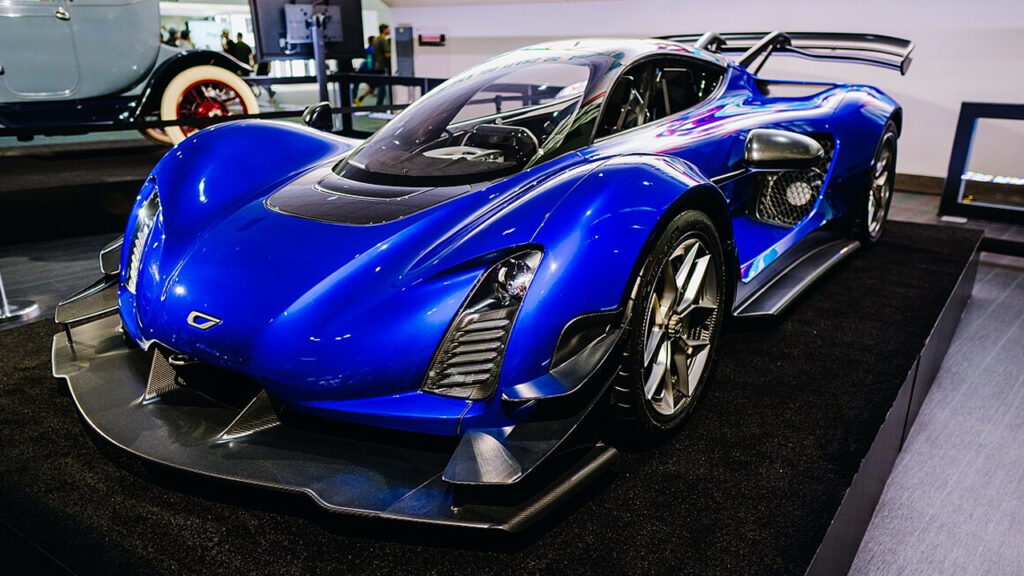
This isn’t just a cool one-off. The Czinger 21C is a warning shot to the auto industry that AI and robotics aren’t coming—they’re here. A deeper dive by Time pointed out that AI-driven development slashes design time and cost, opening the door to more agile, innovative manufacturing for everyone from startups to giants.
If Czinger’s approach catches on, we could see a wave of fully personalized vehicles, designed in hours instead of years. It’s not just a shift in technology—it’s a redefinition of creativity itself.
